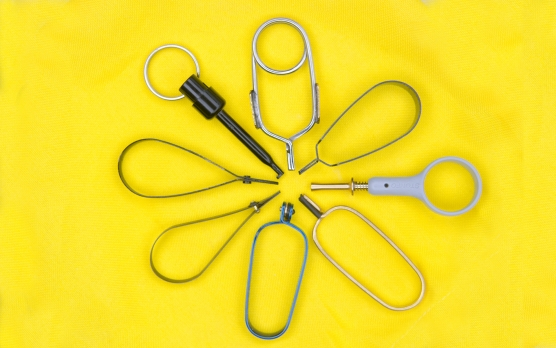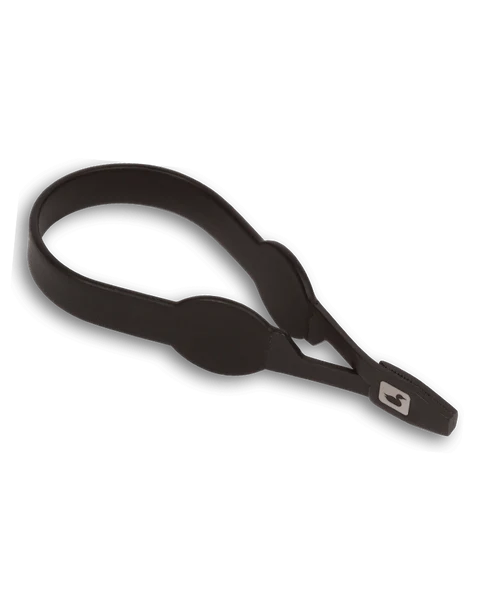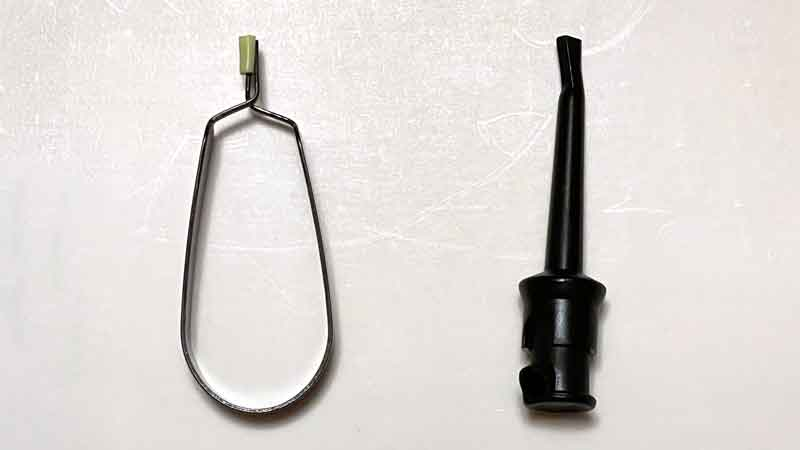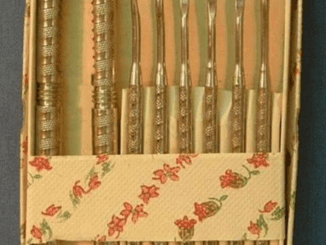Hackle pliers may look simple, but for anyone passionate about fly-tying, they’re indispensable. These unassuming tools help tyers secure and wrap delicate materials like hackles, making them essential for creating flies with precision. Whether you’re a seasoned fly tyer or just starting out, understanding the uses, varieties, and nuances of hackle pliers can elevate your fly-tying game. Let’s dive into the fascinating world of hackle pliers and explore why they’re more than just simple tools.

What Are Hackle Pliers, and Why Are They Important?
Hackle pliers are small, handheld tools designed specifically to hold and control feathers, commonly known as hackles, while tying flies. While they may seem trivial, these pliers give you a “third hand,” allowing you to control materials and make detailed wraps around a fly. This level of control is crucial when working with delicate materials that can be tricky to grip with just your fingers.
Fly tyers who frequently use hackle pliers can attest to their practicality. They provide the ability to secure and manipulate short, slippery feathers or other fine materials with ease. While not everyone relies on them, hackle pliers are valued by many for the precise control they offer.
The Main Purpose: Wrapping Hackles
The most common use for hackle pliers is hackling, where you grab a feather and wrap it around a fly’s shank or post. The pliers give you a firm grip on the feather, allowing you to position it precisely and maintain control as you wrap. They are especially helpful with shorter feathers, like partridge or pheasant, which can be challenging to hold with just your fingers.
Some tyers also use hackle pliers to add a bit of weight to the feather, keeping it taut as they complete other steps in their tying process. Despite their name, hackle pliers are versatile and can hold various materials, such as tinsel, yarn, herl, or tying thread, making them adaptable for different fly-tying needs.
The Simple Genius of Basic Hackle Pliers
The classic model of hackle pliers is beautifully straightforward: typically a metal piece that forms a spring-loaded set of jaws. When you squeeze the pliers, the jaws open, allowing you to place the material inside. Releasing the grip closes the jaws securely around the material, holding it in place. This simple spring mechanism is surprisingly effective, allowing tyers to work with even the finest materials without damaging them.
Basic pliers often come in what’s known as the English style, which consists of two crossed pieces of wire or metal. The inside of the jaws may be serrated slightly or coated with rubber padding, allowing them to grip delicate materials without causing harm. Although they’re simple, well-crafted hackle pliers are crucial for securely holding thin hackle stems or tying thread, ensuring they don’t slip or fray.
Traits of High-Quality Hackle Pliers
Not all hackle pliers are created equal. Here’s what to look for in a reliable pair:
- Secure Grip: They should hold materials firmly without slipping, even during repeated wraps.
- No Sharp Edges: Avoid pliers with sharp or rough edges that could cut or damage delicate materials.
- Easy to Use: They should open with light pressure, yet close tightly to secure the material.
- Lightweight Construction: A good pair of hackle pliers should be light enough for precise control but heavy enough to keep materials taut if left dangling.

These characteristics can make the difference between a smooth, enjoyable fly-tying experience and a frustrating one.
Exploring Different Types of Hackle Pliers
Despite their simplicity, hackle pliers come in various designs, each tailored to specific tying preferences and techniques. Here are some common types:
- Basic Clamp (English Style): This traditional design uses a bent wire that provides a basic, functional grip. Many tyers favor these for their lightweight feel and simple construction.
- Plate Style: Made from a flat plate instead of wire, this type offers a broader surface area for gripping, making it easier to handle and control.
- Finger Grips: Some models feature small handles or grip plates to provide a better grip, enhancing comfort and control.
- Tweezer Style (Nabbers): Resembling tweezers, these pliers often have a ring or tab attached for easier handling. They’re excellent for tyers who prefer a flatter design.
- Drop Shaped: This type doesn’t cross at the end. Instead, you press on the back of the pliers to open the jaws, which makes them unique and comfortable to hold.
- Ring Style: Some pliers come with a ring for a finger to rest through, offering increased flexibility and control for those who like to keep their fingers close to their work.
There are also more specialized designs, such as those incorporating springs or padding for extra protection. While the core function of all these pliers remains the same—grabbing and holding materials—the variations provide different levels of control, comfort, and versatility.

Special Features and Advanced Hackle Pliers
Certain high-end hackle pliers come with unique features, catering to tyers looking for additional functionality. Some advanced models have adjustable tension settings, allowing you to customize the grip strength based on the materials you’re using. Others include soft rubber grips or spring mechanisms to help secure fragile feathers gently.
One interesting design is the Hook and Tube model, where the feather is clamped by retracting a hook into a tube, holding it securely. Another option is the Bar and Hook, which is usually made from a single piece of wire. It’s springy and lightweight, perfect for delicate materials.
These features, while not essential for every tyer, can make a difference when dealing with very fine feathers or materials that need an extra bit of care and control.
Do You Really Need Hackle Pliers?
Some tyers prefer not to use hackle pliers, even for short or delicate feathers. For longer feathers, many find they have better control by using their fingers alone. Using hackle pliers often comes down to personal preference. If you find that they enhance your tying experience, go for it. But if you’re comfortable without them, that’s perfectly fine too.

For those who enjoy the ease and control hackle pliers offer, investing in a quality pair can make tying sessions more enjoyable. The classic English style remains a favorite for its lightweight simplicity, but finding the right type for your tying style can lead to a smoother, more satisfying fly-tying experience.
Conclusion
Hackle pliers may not be the flashiest tool on a fly tyer’s bench, but they offer precision, control, and ease in handling delicate materials. Whether you prefer the traditional English style or explore more advanced designs, these pliers can be a valuable addition to your tying toolkit. Their versatility allows you to work with various materials beyond hackles, making them an essential tool for creating beautiful, well-crafted flies. So next time you’re at the vise, consider the humble hackle pliers—they might just be the extra hand you’ve been looking for.


